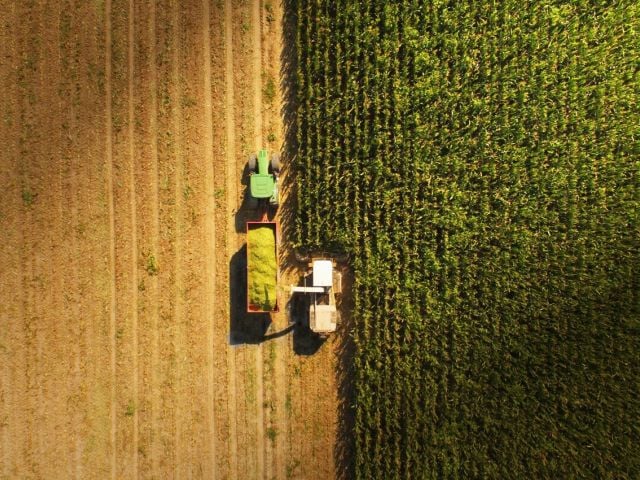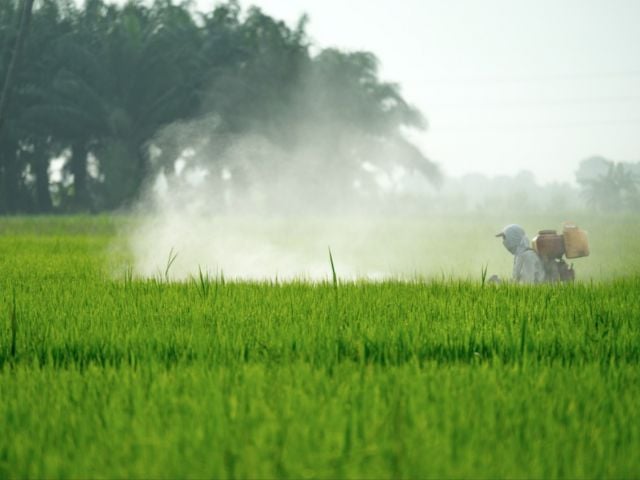MINNEAPOLIS – Government monitoring of lakes, rivers and streams for a dangerous toxin that can be produced by outbreaks of algae falls far short of what’s needed to protect public health in Iowa, Minnesota and Wisconsin, according to a new analysis from the Environmental Working Group.
The report and accompanying map aggregate the limited data from multiple years of state tests for microcystin in the three Upper Midwest states, showing just how paltry such testing is in the region.
“Clearly, Iowa, Minnesota and Wisconsin must conduct both more extensive and more regular testing for microcystin, which poses danger to humans, pets and wildlife,” said Anne Schechinger, EWG senior economic analyst and author of the report. “It’s impossible to keep people safe from microcystin if no one knows it’s there.”
Because it includes the locations of known algae outbreaks reported by the news media in the three states, EWG’s map also highlights the discrepancy between obvious places to look for the dangerous toxins and where microcystin monitoring actually occurs.
Algae blooms – which are actually microscopic organisms called cyanobacteria – are commonly triggered when fertilizer and animal manure run off farm fields into lakes, ponds, rivers and streams. Toxic algae outbreaks are caused when some algae blooms emit cyanotoxins, which can be dangerous to humans, pets and wildlife.
Microcystin is one of the most common cyanotoxins, and exposure can lead to short-term human health symptoms like nausea, vomiting, diarrhea and sore throat, and long-term problems like liver failure and cancer.
Not all algae outbreaks are toxic, but no one understands why some algae blooms become toxic – the only way to know for sure is to test the water. Toxic algae can exist even when there isn’t a visible outbreak, compounding the danger.
EWG’s report points out that, although state-level monitoring for microcystin is inadequate in Iowa, Minnesota and Wisconsin – and many other states – underfunded state agencies are not to blame. Until state and federal policy makers dedicate significant funds to monitoring and managing toxic algae outbreaks, state agency efforts will remain limited.
Most experts believe algae blooms are becoming both more frequent and more ubiquitous, thanks to unchecked farm pollution and hospitable conditions created by climate change, such as warming water temperatures and increasing precipitation.
“As the climate emergency accelerates, toxic algae is becoming a growing threat to public health,” Schechinger said. “Monitoring and researching the problem – and reducing its primary cause, agricultural pollution – must become a priority in the highest reaches of government across the Upper Midwest and in Washington, D.C.”
EWG tracks all news reports of algae outbreaks that have occurred in the U.S. since 2010.
###
The Environmental Working Group is a nonprofit, non-partisan organization that empowers people to live healthier lives in a healthier environment. Through research, advocacy and unique education tools, EWG drives consumer choice and civic action. Visit www.ewg.org for more information.


